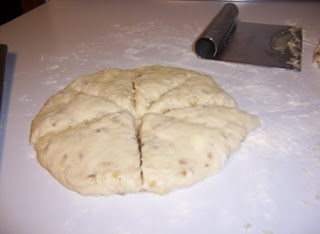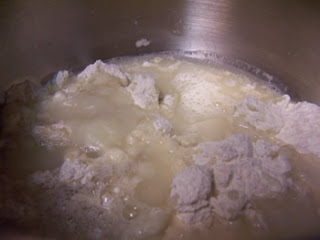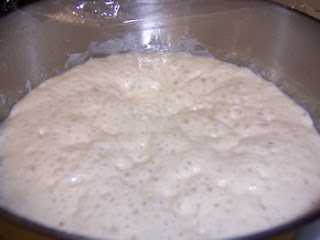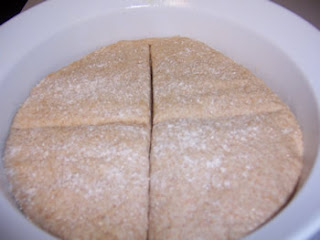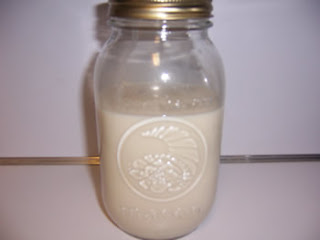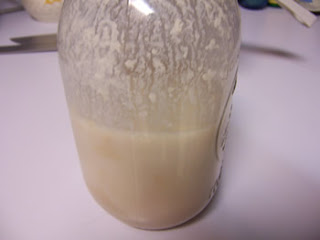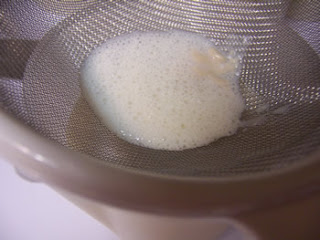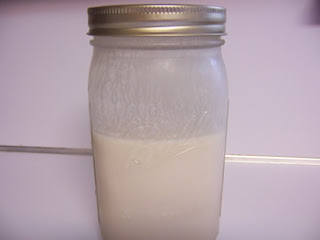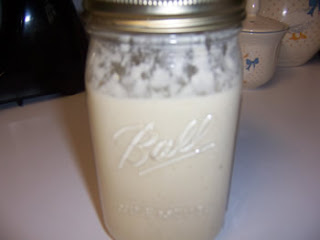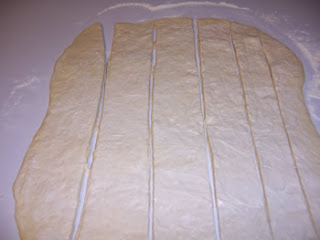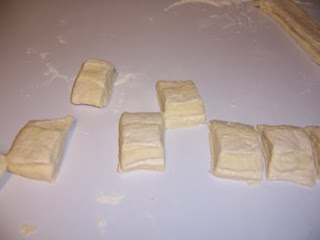These whole wheat scones are also known as Pilgrim Scones. The combination of all-purpose and whole wheat flours, honey, buttermilk and raisins makes these scones delicious as well as nutritious.
The scones are also very easy to make. If you're looking for an easy scones' recipe that doesn't use heavy cream or lard, try this one. I think you’ll be pleased.
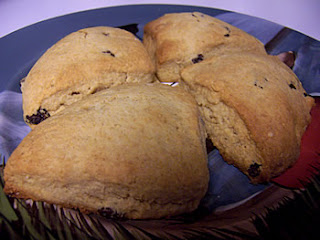
Recipe for Pilgrim Scones
The recipe for these scones is found in a community cookbook called "What's Cooking at the Library?" sponsored by the Gwinnett County Public Library System. The cookbook is dedicated to the fight for the cure for cancer.
Ingredients:
- 1/2 cup butter, melted
- 1 1/2 cup white flour
- 2 cups whole-wheat flour
- 1 1/2 teaspoon baking powder
- 1/2 teaspoon baking soda
- 1/2 teaspoon salt
- 1/2 cup raisins
- 1 large egg
- 1/2 cup honey
- 1 cup buttermilk
Directions:
Mix dry ingredients and raisins together. In large bowl, mix egg, honey and buttermilk. Add flour mixture to egg mixture in 3 parts, alternating with melted butter. Make a big ball.

Cut into thirds. Make the thirds into flat balls. Cut these into fourths.
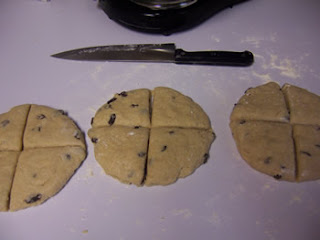
Place the cut pieces onto a greased baking sheet.

Bake them for 10 minutes at 425 degrees F. then lower to 350 degrees F. and bake until brown.

Cool the scones on a wire rack before serving.

Now, all you need to do is try these yummy scones yourself and let me know how you like them!
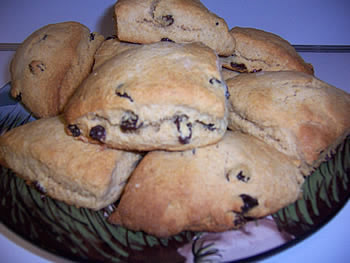
Happy Baking!
Cathy


